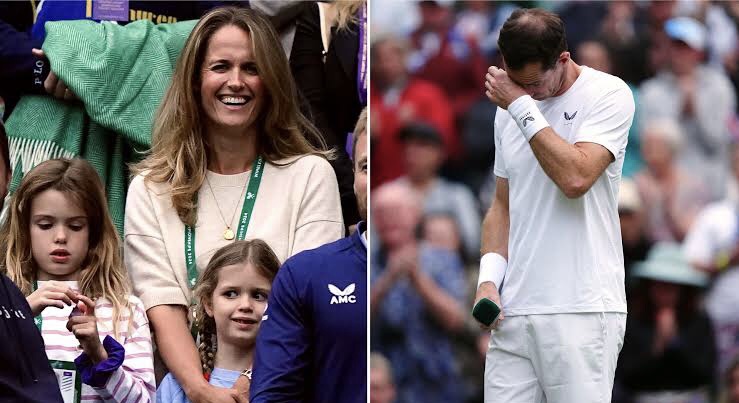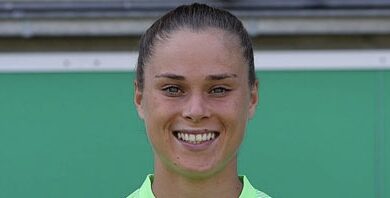Andy Murray: how fatherhood might help him with the challenge of losing his ‘athletic identity’ in retirement

Andy Murray is, without question, Britain’s most successful tennis player of modern times. The Scotsman is a home-grown talent, originally coached by his mother Judy alongside his brother and frequent doubles partner, Jamie. Murray’s career has spanned close to 20 years, defined by highs and lows, wins and losses, with several injury setbacks defining more recent years.
For those who have followed his career, Murray’s retirement from tennis aged 37 is no great surprise. There comes a point in an athlete’s career when it is just right to step away and say goodbye to their athletic self. The relatively young age that athletes retire also means that they are likely to embark on another career pathway as they navigate their life after sport.
However, many athletes have only known the career of an elite sportsperson and so with this comes a shift in who the athlete was and who they are going to be.
Psychologist Britton Brewer first conceptualised the term “athletic identity” in the early 1990s. He defined it as “the degree to which an individual identifies with the athlete role”, an identity that is often all-encompassing for those at elite level.
This potentially exclusive athletic identity can result in athletes being more at risk and vulnerable when it comes to change events such as retirement. Research compares this to a form of bereavement for the loss of their athletic self.
The void that can be left in an athlete’s life was acknowledged by Murray when talking to the Sunday Times earlier this year, where he accepts there will be a hole to fill.
“The thing that is difficult,” he explained, “is that for most people, in most jobs, retirement is seen as a positive thing … But I don’t see it like that. I’m not happy about it.”
Life after sport
While the prospect of another career after sport may appear daunting, there are a number of ways for athletes to manage this transition and prepare for life after sport. Athletes possess a multitude of skills and competencies that can facilitate a successful transition out of sport and into another role.
In 2019 researchers explored the competencies that athletes felt they had developed during their career, with goal orientation, dedication to success and collaboration being the strongest. Furthermore, former athletes work well in a team environment, have strong communications skills and work ethic.
Many athletes harness these skills and follow the most natural path which allows them to stay connected to sport upon retirement, transitioning into coaching roles. Athletes who have followed this path include Taekwondo Olympic medallist Sarah Stevenson, footballer Pep Guardiola and a plethora of tennis players such as Boris Becker and Ivan Lendl (who even coached Murray for a period of time).



